There can be your advertisement
300x150
Key Elements of Commercial Landscape Design
When business owners embark on decorating the front of their establishments, they delve into a carefully thought-out combination of soft and hard landscaping elements. Soft styling involves the use of living, horticultural elements such as plants, flowers, and trees, creating a dynamic and natural atmosphere. On the other hand, hard styling includes inanimate elements like pathways, structures, and decorative details that add structure and functionality to the landscape.
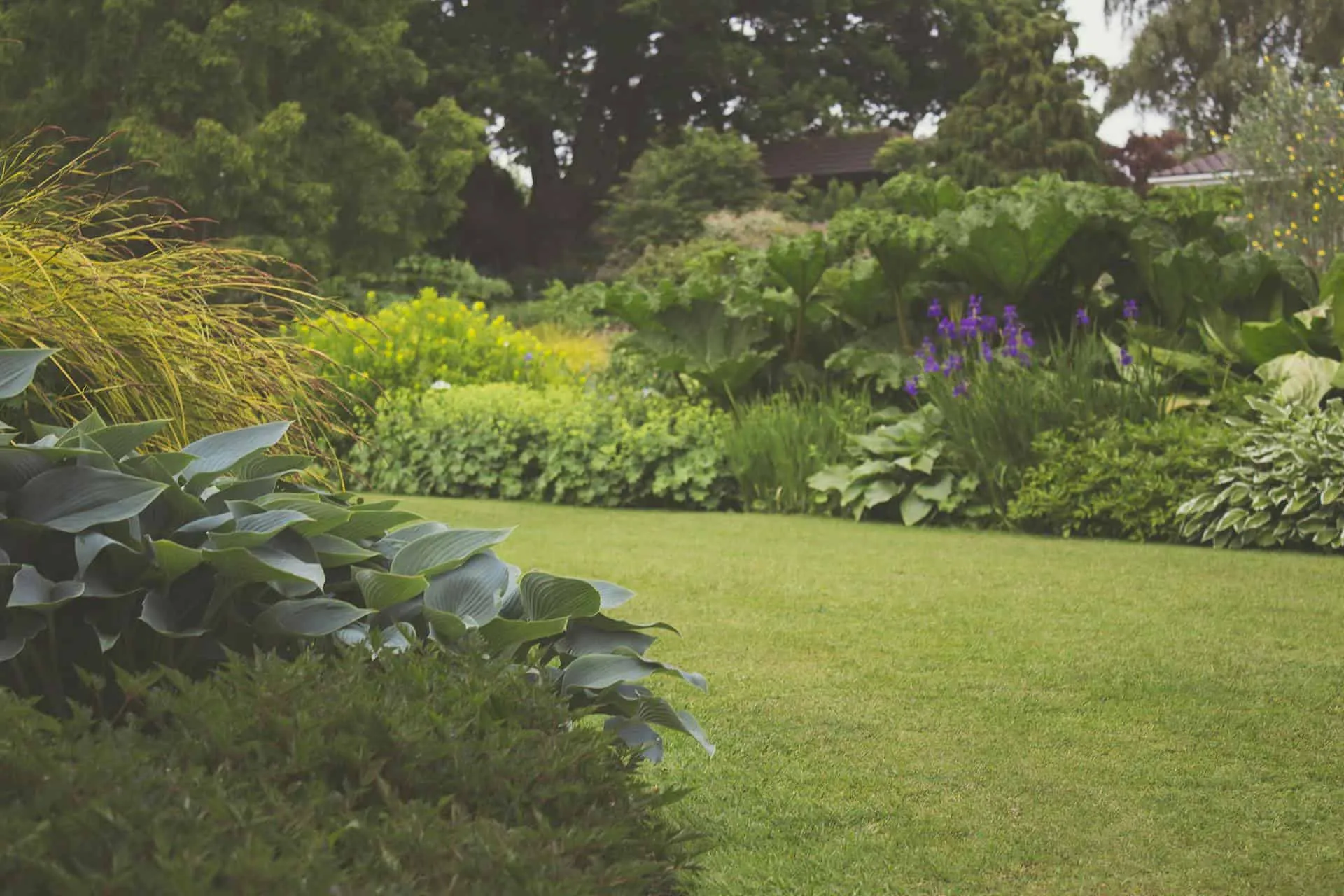
The Power of Color
Long-lasting impressions and friendliness created by a well-designed commercial landscape often heavily depend on a carefully selected color scheme. Among the key elements of commercial landscape design, the use of color stands out as a powerful and expressive tool for enhancing the aesthetic appeal of your front space.
The choice and strategic placement of colors play a decisive role in effectively conveying the main message of commercial landscape design. Colors possess a unique ability to convey emotions, evoke feelings, and awaken specific moods, making them an essential part of creating a visually appealing and emotionally responsive landscape.
When chosen wisely and applied correctly, colors become more than simple visual elements—they transform into a language conveying the essence of your business. Whether you aim to communicate professionalism, calmness, or brightness, a proper color scheme sets the tone for all visitor and client interactions with your establishment.
Understanding the psychological impact of colors is necessary to use their potential for positive influence on mood. Warm tones such as red and yellow can evoke feelings of energy and warmth, while cool ones like blue and green can create a sense of calm and tranquility. Careful blending and interaction of these colors contribute to an environment that not only looks attractive but also fosters a specific atmospheric effect.
In the field of commercial landscape design, color goes beyond pure aesthetics; it becomes a brand expression and customer engagement tool. Harmonious integration of colors in landscape design can strengthen brand identity, create a memorable visual identity, and leave a lasting impression on those interacting with the space.
In conclusion, color palette is an important element extending beyond the visual aspect of commercial landscape design. It serves as a dynamic means of expression, influences emotions, and contributes to the overall atmosphere of the space. Recognizing the power of color in shaping perception allows companies to use this element to create a beautiful and meaningful landscape design that positively reflects on visitors and clients.
Simplicity
The use of commercial landscape design is increasingly viewed as a strategic move for businesses aiming to enhance the sustainability and functionality of their surroundings. Within commercial landscape design, the principle of simplicity serves as a key element with significant importance.
When designing commercial landscapes, experienced designers pay special attention to simplicity. However, it is important to note that embracing the principle of simplicity does not mean completely avoiding complexity. In some cases, complex design elements can be included without losing the core principle of simplicity.
The essence of a well-designed commercial landscape lies in its ability to create a design plan that seamlessly integrates simplicity while maintaining a harmonious balance with joy and comfort. Achieving this delicate balance requires a careful approach to every element—from plant selection and materials to the placement of structures and pathways.
Simplicity in commercial landscape design does not mean lacking sophistication; it is a conscious choice to eliminate unnecessary clutter and create a clean, concise, and purposeful environment. This approach not only aligns with principles of sustainability but also promotes a more functional and aesthetically pleasing space.
Incorporating the principle of simplicity in commercial landscape design is closely linked to creating a sense of lightness and accessibility. A well-thought-out design following this principle forms an environment that is easy to navigate, fostering a positive and stress-free experience for visitors and employees.
In the end, simplicity in commercial landscape design is a guiding principle that extends beyond pure visual aesthetics. It represents a holistic approach considering sustainability, functionality, and overall well-being of people interacting with the space. By following the principle of simplicity, companies can create landscapes that not only stand the test of time but also contribute positively to organizational culture.
Form, Texture and Line
Form, texture, and line constitute essential elements of the intricate pattern of commercial landscape design, each contributing a unique contribution to the visual and emotional aspects of outdoor space.
Form, primarily concerning shapes within the garden, plays a key role in creating a natural and harmonious pattern. Careful selection and placement of forms during planning not only enhance the overall appearance of the garden but also harmonize with the architectural structure of the building. This means creating a visual language through forms that resonates with the essence of business and adds character to the landscape.
Texture, on the other hand, is part of the visual quality in natural design. It is an important element ensuring harmony and consistency within landscape design. Beyond its aesthetic function, texture serves as a means of expressing the quality of materials used in commercial landscapes. Tactile and visual elements of texture influence how people perceive and behave within the space, making it a vital part of design. The combination of various textures in landscape design can evoke different moods and emotions, adding depth and nuances to the overall experience.
Lines, like other elements, play an important role in commercial landscape design, acting as visual cues and creating rhythm. They provide a guiding structure connecting key elements of the landscape design, promoting continuity and harmony. Lines—whether straight or curved—contribute to uniting diverse elements, offering visual interest and directing the observer's gaze through the planned space. Strategic use of lines ensures that the landscape composition is not merely a collection of elements but becomes a cohesive and visually appealing whole.
In essence, these three elements—Form, Texture, and Line—work together to shape the character and atmosphere of commercial landscapes. Their careful consideration and integration during the design process contribute to creating a visually appealing, functional, and harmonious outdoor space that leaves a lasting impression on those who interact with it. Commercial landscape designers, adhering to these principles, create stories through forms, textures, and lines, forming landscapes that transcend simple aesthetics and offer a holistic experience.
More articles:
 Create a Cozy and Stylish Living Room with Suitable Wallpapers
Create a Cozy and Stylish Living Room with Suitable Wallpapers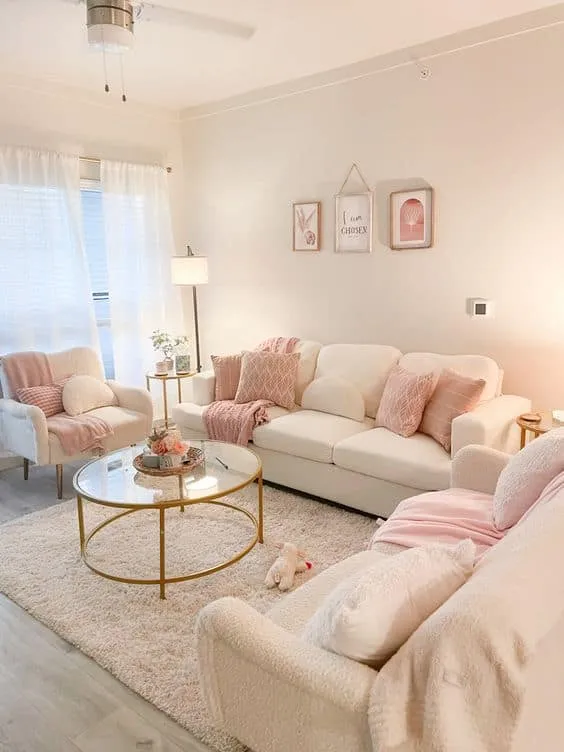 Create a Peaceful Corner with Feminine Apartment Decoration
Create a Peaceful Corner with Feminine Apartment Decoration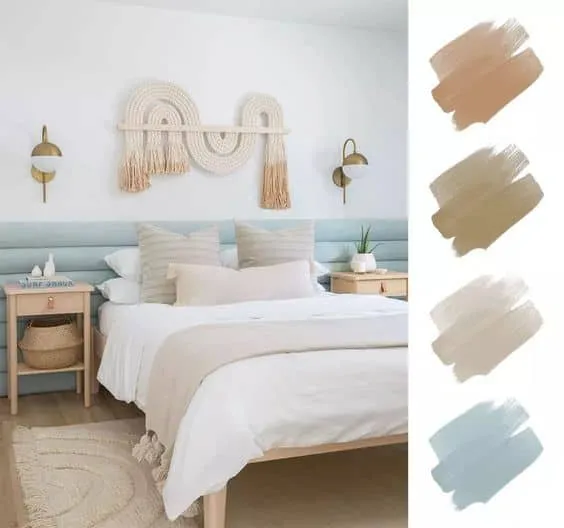 Creating a Cozy Double Bedroom with These Amazing Color Combinations
Creating a Cozy Double Bedroom with These Amazing Color Combinations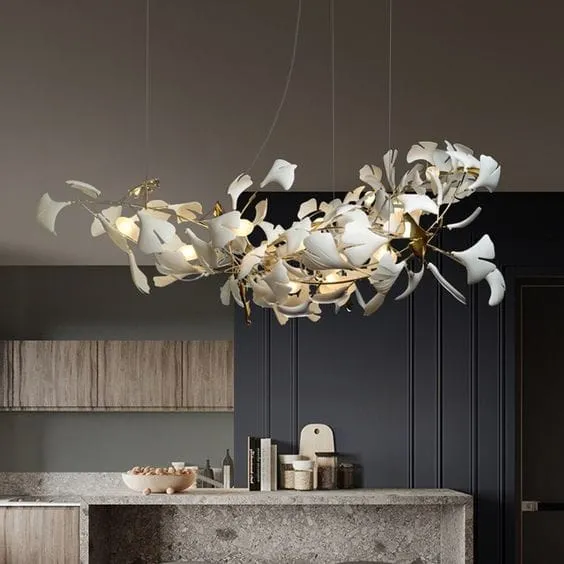 Create a Luxurious Atmosphere in Your Kitchen with a Twinkling Chandelier
Create a Luxurious Atmosphere in Your Kitchen with a Twinkling Chandelier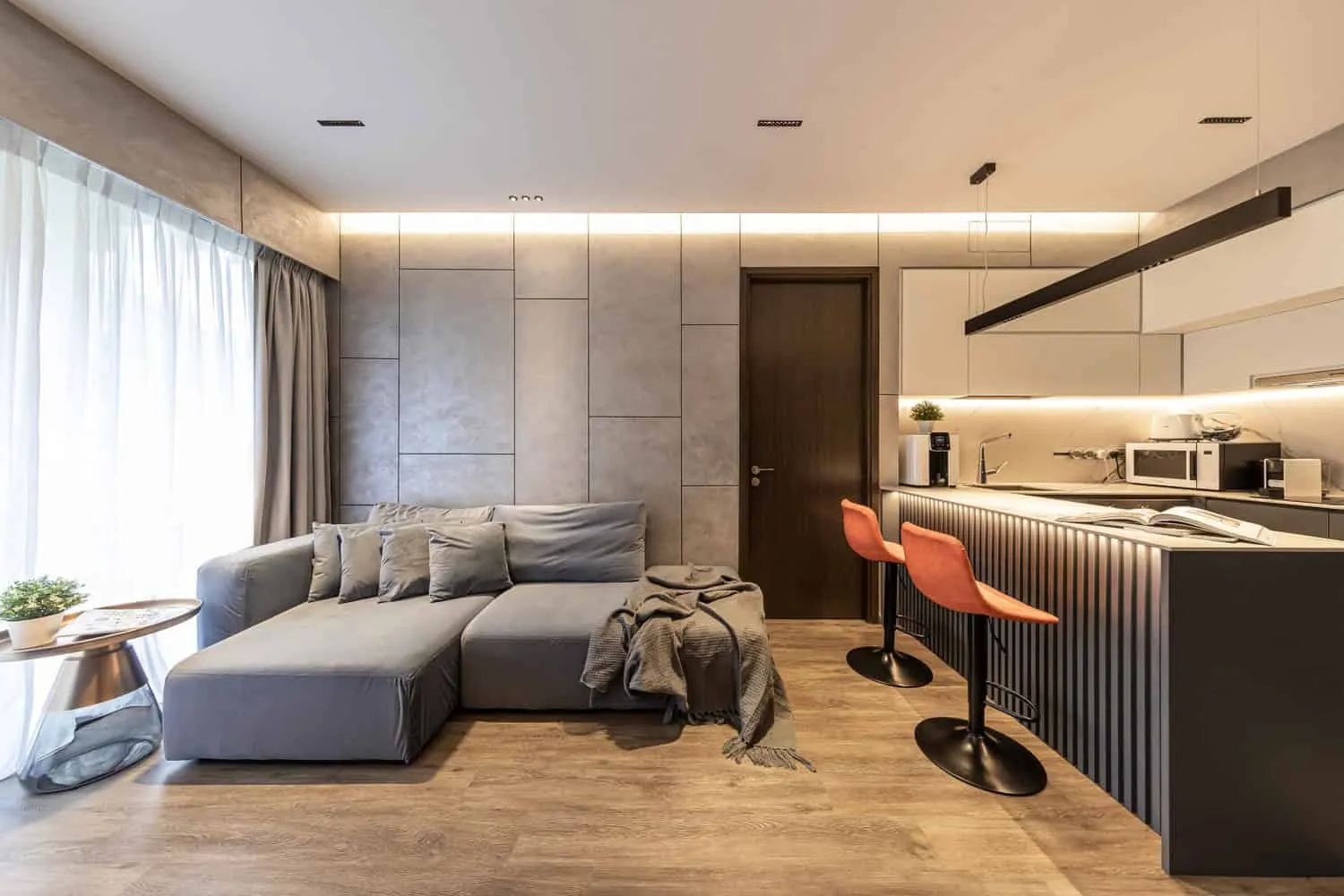 Create a Clean and Comfortable Living Environment
Create a Clean and Comfortable Living Environment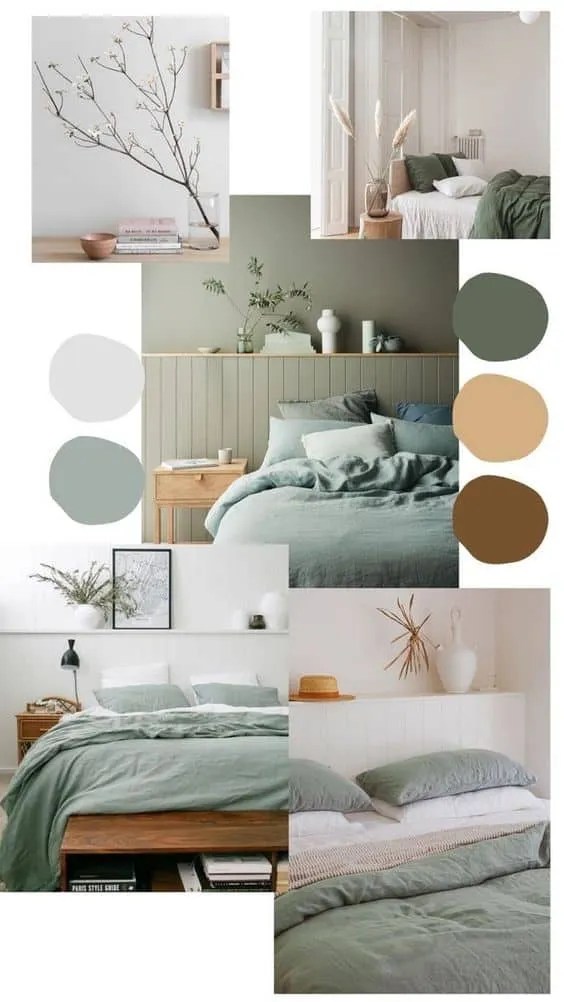 Create a Warm and Cozy Interior with Neutral and Warm Colors
Create a Warm and Cozy Interior with Neutral and Warm Colors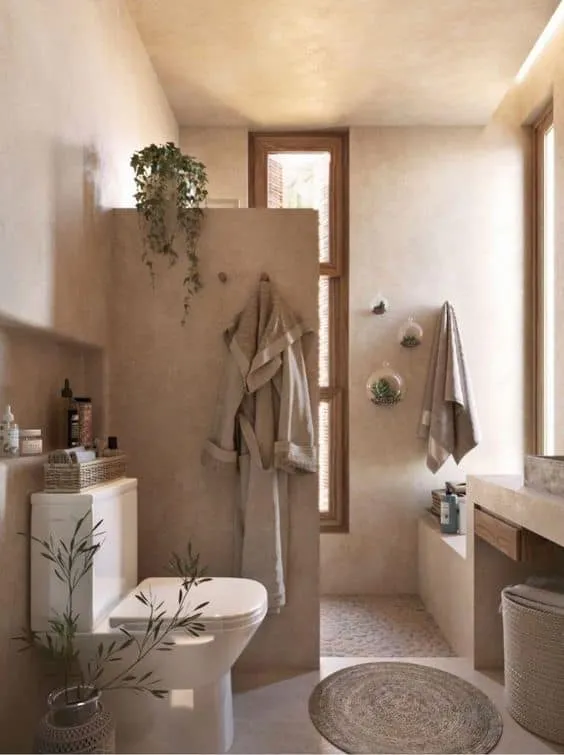 Create a Clean and Cozy Oasis in Your Bathroom
Create a Clean and Cozy Oasis in Your Bathroom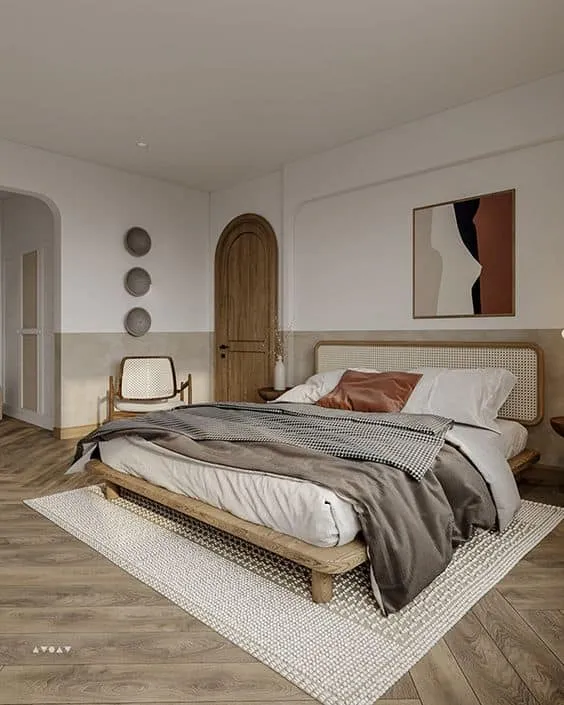 Create a Peaceful Retreat with Modern Maritime Style Bedroom
Create a Peaceful Retreat with Modern Maritime Style Bedroom